7 sure ways to whiten a medical gown at home
Content:
- Method number 1. Ammonium chloride and hydrogen peroxide
- Method number 2. Hydrogen peroxide, alcohol and regular powder
- Method number 3. Lemon juice
- Method number 4. Laundry soap
- Method number 5. "White"
- Method number 6. Soda ash
- Method number 7. Potassium permanganate
- How to keep a medical coat white for a long time?
A white coat is the work clothes of doctors, nurses, pharmacy workers and everyone who is somehow connected with medicine. Constant contact with people obliges the medical staff to look impeccable, and in many respects the success of a doctor or nurse is determined by the whiteness of his coat. Unfortunately, like any bright clothes, a white bathrobe sooner or later loses its appearance. To return the whiteness of working clothes will help 7 simple ways available to anyone at home.
Method number 1. Ammonia and hydrogen peroxide
The simplest and most effective method known to any medical student. In order to bleach a bathrobe, you will need only two components: ammonia and hydrogen peroxide. You can buy these ingredients at any pharmacy or specialized medical equipment store.
For bleaching, the robe is placed in water with the addition of 6 tablespoons of ammonia and 5 teaspoons of hydrogen peroxide (per 10 liters of water). The exposure time should not be more than 2 hours. Hydrogen peroxide in this combination allows you to evenly whiten medical clothing, and ammonia prevents the appearance of yellow spots on the fabric. Also, ammonia somewhat softens tap water, which greatly facilitates the process of whitening things.
Tip
If heavily soiled, add 1 tablespoon of turpentine to the water.
Method number 2. Hydrogen peroxide, alcohol and regular powder
Another effective scheme that allows you to whiten a medical gown at home. This method is suitable for bleaching clothes with an admixture of synthetic fabric. The main thing is not to overexpose, otherwise a white coat can seriously suffer from interaction with chemically active substances.
To prepare the bleaching solution you will need:
- 10 liters of warm water (not higher than 40 ° C);
- hydrogen peroxide 3% (3-4 tbsp.spoons);
- ammonia (1 tbsp.spoon);
- table salt (6 tablespoons);
- washing powder (50 g).
Medical clothing is lowered into the solution for 20-30 minutes, after which it is thoroughly rinsed in cold water. In case of heavy soiling, you can additionally wash clothes after soaking.
Method number 3. Lemon juice
A natural and affordable product that allows you to whiten any white things at home without much effort. To prepare the solution, 2 lemons of medium size and 10 liters of warm water are required. The dressing gown is left in the basin for the whole night, after which it is thoroughly rinsed. It is worth remembering that this method does not allow you to cope with strong and long-standing pollution on medical clothing.
Method number 4. Laundry soap
This method allows you to whiten not too strong dirt on a white coat. Stains on medical clothes are rubbed with ordinary household soap, after which the dressing gown is left overnight in warm water. The method is not suitable for synthetic and delicate fabrics, as well as for extensive soiling. After soaking, rinse thoroughly with fabric softener.
Method number 5. "White"
This method of whitening white things is known to every housewife. Use the famous "White" and its analogues can only be used for cotton products. For medical clothing made of synthetic fabric, other bleaching methods should be selected.
The application scheme of "White" is quite simple.A bathrobe pre-soaked in hot water is poured with a small amount of bleach for two to three minutes. After the specified time, the clothes must be pulled out and rinsed thoroughly. Bleach consumption rates can be found on the product packaging. Do not exceed the amount of "White", otherwise washed items can quickly become unusable.
Tip
Do not use "White" more than once a month!
Method number 6. Soda ash
This method allows you to bleach a medical gown made from linen. Soda ash falls asleep in a special compartment of the washing machine, after which the clothes stretch at a temperature of 60-70 degrees. After washing, it is recommended to rinse items in cold water.
Method number 7. Potassium permanganate
The well-known manganese solution will help restore the former whiteness to medical clothes. 10 liters of water require a small amount of potassium permanganate and 100 g of ordinary washing powder. After all the manipulations, the whitening water should turn slightly pink, but not red. After two hours, things are thoroughly rinsed in cool water.
How to keep a medical coat white for a long time?
Known fact: Frequent washing of clothes with the use of various aggressive substances has a bad effect on the condition of the fabric. In order not to bleach the bathrobe constantly, you should follow some simple rules for caring for bright things.
- A white bathrobe is always washed separately or with other white things.
- If it is necessary to wash a large amount of medical clothing at the same time, it should be divided according to the type of fabric (cotton, linen, synthetics).
- Chlorine bleaches can only be used for washing cotton or linen.
- Medical gowns should be washed at least once a week.
- When rinsing, it will be useful to add conditioner to soften the water.
- If you use a washing machine, you need to regularly clean its drain. Otherwise, the drain will become clogged and things will remain dirty even after a thorough wash.
Adhering to these simple recommendations, you can achieve a flawless whiteness of medical clothing in any situation.
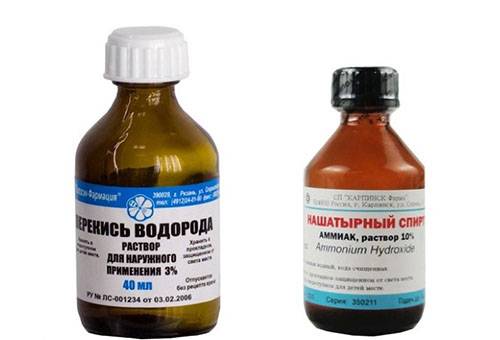
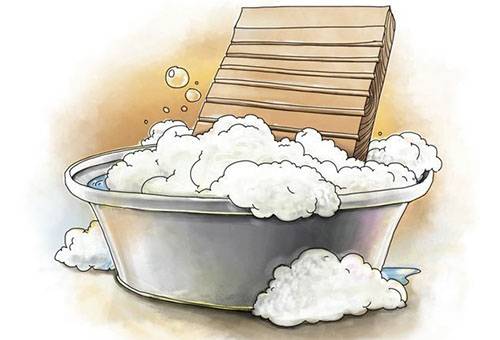
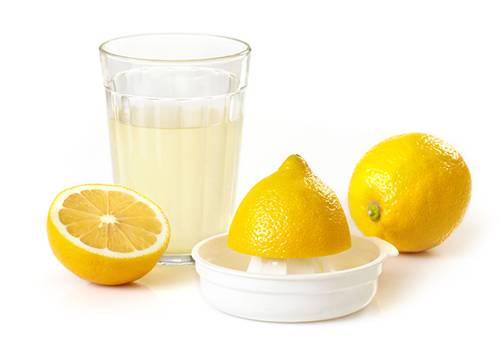
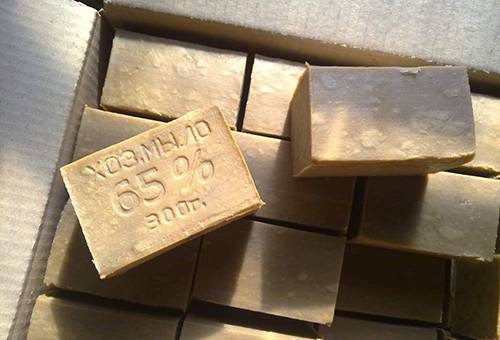
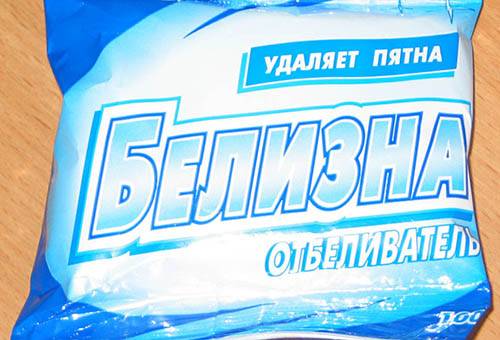
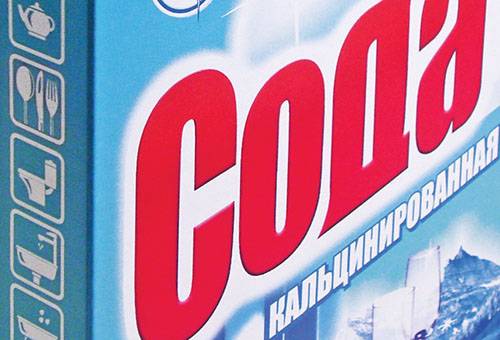
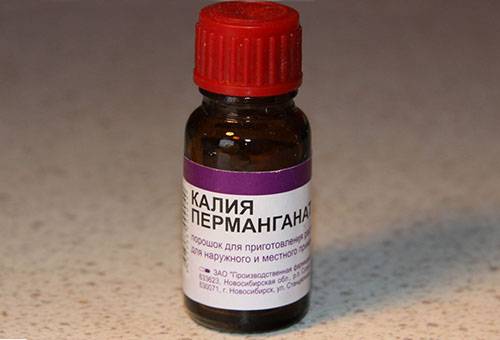

For several years now I have been using the method of whitening a dressing gown based on ammonia and hydrogen peroxide, but only now I learned what proportions should be kept. Thanks to the author - I tried the recommended option and was very surprised at the result. The snow-white fabric did not cause the usual problems during ironing. Before, I always poured components into the eye, and it turned out much more. Probably because of this, the material then did not iron well and quickly wore out.
And can someone tell me which of the following methods can be used to remove a single spot of incomprehensible nature? I’m afraid that a full wash with contamination will not cope and will have to process a separate area. I do not want it to stand out in a snow-white color against a uniform background.
Margarita, you can safely use any of the proposed options, they are all tested in practice by me personally. You can initially treat the stain in the selected way, and then use it for general washing, there will be no obvious difference in the color of the fabric. Personally, I prefer to use lemon juice for certain contaminants - it does not leave stains and without problems removes almost all known spots.